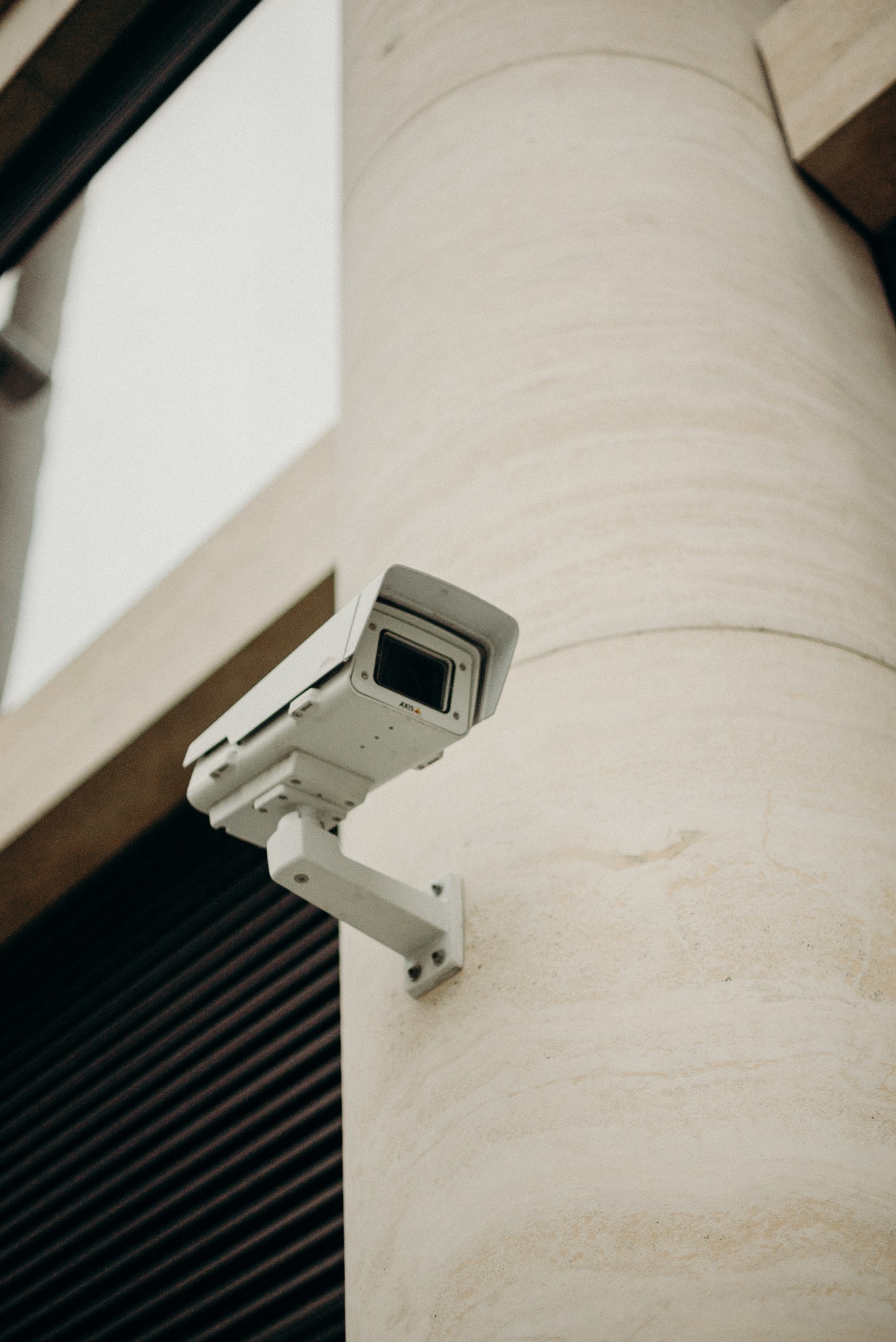Being able to access security cameras remotely and securely has remained a big concern for business owners, administrators, homeowners, and managed network services providers. Security cameras are used for myriad reasons including home/office/facility protection, employee safety, monitoring business operations and deterring vandalism.
Especially during our current global health crisis, remote operations have become the ‘new normal’, as the outbreak has forced most businesses to telecommute (‘work from home’). No wonder more businesses than ever are turning to managed services solutions seeking easy, reliable and inexpensive ways to keep an eye on their business.
Did you know accessing remote cameras using port forwarding can open up your entire network to cyberattack?
How Can Security Cameras Get Accessed Remotely?
There are many ways in which someone can access security cameras remotely. We are looking at two which are most talked about, Port Forwarding and Virtual Private Networks (VPN). Both offer easy access to security camera footage on smartphones, tablets or computers from anywhere. But when it comes to security they are hardly the same.
Port forwarding – This essentially takes the LAN port the cameras are located on and makes it available directly on the internet. A user simply needs to enter the IP address, username and password, et voila they are logged into their stream.
VPN – VPNs are the same in that a user only requires security credentials to log in. However, unlike port forwarding, information is accessed through a secure ‘tunnel’, as though present physically on-site.
Is Port Forwarding Safe for an IP Camera?
With port forwarding, a user accesses login screen for the camera from a browser. All that is required is the username and password for the camera. This means that the camera and your network is available on the internet for anyone to access it. Port forwarding for an IP camera is extremely unsafe because:
- Even if someone cannot hack into the camera, they can determine the make and model of the camera and examine the DVR software being used.
- This makes it much easier for a hacker to find vulnerabilities in the software and compromise the security system.
- After that the hacker has a foothold to the rest of the network and can steal confidential information or sit and snoop on network traffic.
More than 1 in 10 households in Canada use security camera systems around the home.
VPNs Are the Safest Way to Access Security Cameras Remotely
VPNs are widely known for being the safest way to log into corporate (or home) networks remotely. Naturally, they are also the safest way to access security camera footage.
- The cameras are located behind your firewall and router, which means they are inaccessible directly on the internet
- They receive the same high-level protection from the corporate firewall, which blocks unauthorized connections.
- With a VPN, you, a registered user connects to the cameras as though you were in office.
- All that is required to connect to the router is a username, password and a pre-shared key or certificate (which provides an additional layer of security).
- For an attacker to compromise your network, they would need to break through a much more sophisticated security system.
Talk to a Managed Services Solutions Specialist
Organizations across Kitchener rely on us to take of their IP network. At EMKAL we are managed network services providers that enable smart and secure remote operations. We put VPNs to great effect, simplifying access to all parts of the network (including printers and file servers), not just security cameras and provide round-the-clock small business tech support. Speak to a representative to find out how managed services solutions keep your network secure.


